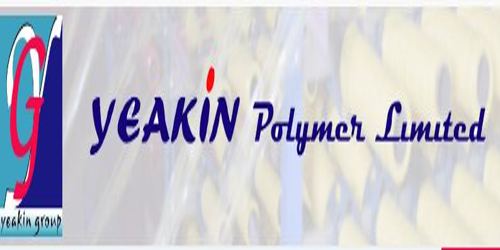Audiovisual methods such as television, videotapes and films are the most effective means of providing real world conditions and situations in a short time. One advantage is that the presentation is the same no matter how many times it’s played. This is not true with lectures, which can change as the speaker is changed or can be influenced by outside constraints. The major flaw with the audiovisual method is that it does not allow for questions and interactions with the speaker, nor does it allow for changes in the presentation for different audiences.
Audiovisuals are more expensive than conventional lectures but offer some advantages. Of course, they usually tend to be more interesting. In addition, consider using them in the following situations: .
Simulated Training:
Simulated training: Training employees on special off the job equipment as in airplane pilot training, so training costs and hazards can be reduced.
The Stanford University medical students in the virtual reality training room use simulated training. Simulated training (occasionally called vestibule training) is a method in which trainees learn on the actual or simulated equipment they will use on the job, but are actually trained on the job (perhaps in a separate room or vestibule).
Simulated training is necessary when it’s too costly or dangerous to train employees on the job. Putting new assembly line worker right to work could slow production, for in stance, and when safety is a concern as with pilots – simulated training may be the only practical alternative.
Simulated training may take place in a separate room with the same equipment the trainees will use on the job. However, it often involves the use of simulators. In pilot training, for instance, airlines use flight simulators for safety learning efficiency, and cost savings. Simulated training is increasingly computer-based. In fact, computerized and Internet based tools have revolutionized the training process.
Computer based Training:
With computer based training, the trainee uses interactive computer based and/or DVD systems to increase his or her knowledge or skills . McDonald’s developed about 11 different courses for its franchisees employees and put the programs on DVD. The programs consists of graphics supported lessons, and require trainees to make choices to show their understanding.
Computer based training (CBT) is increasingly interactive and realistic. For example, interactive multimedia training integrates the use of text, video graphics, photos, animation, and sound to produce a complex training environment with which the trainee interacts. In training a physician for instance, an interactive multimedia training system lets a medical student take a hypothetical patient’s medical history conduct an examination, analyze lab tests, and then (by clicking the examine chest button) a type of chest examination and even hear the sounds of the person’s heart. The medical student can then interpret the sounds and draw conclusions upon which to base a diagnosis. As noted virtual reality training takes this realism a step further. Virtual reality puts the trainee in an artificial three dimensional environment that simulates events and situations that might be experienced on the job. Sensory devices transmit how the trainee is responding to the computer and the trainee see, feel and hear what is going on, assisted by special goggles, auditory and sensory devices.
















